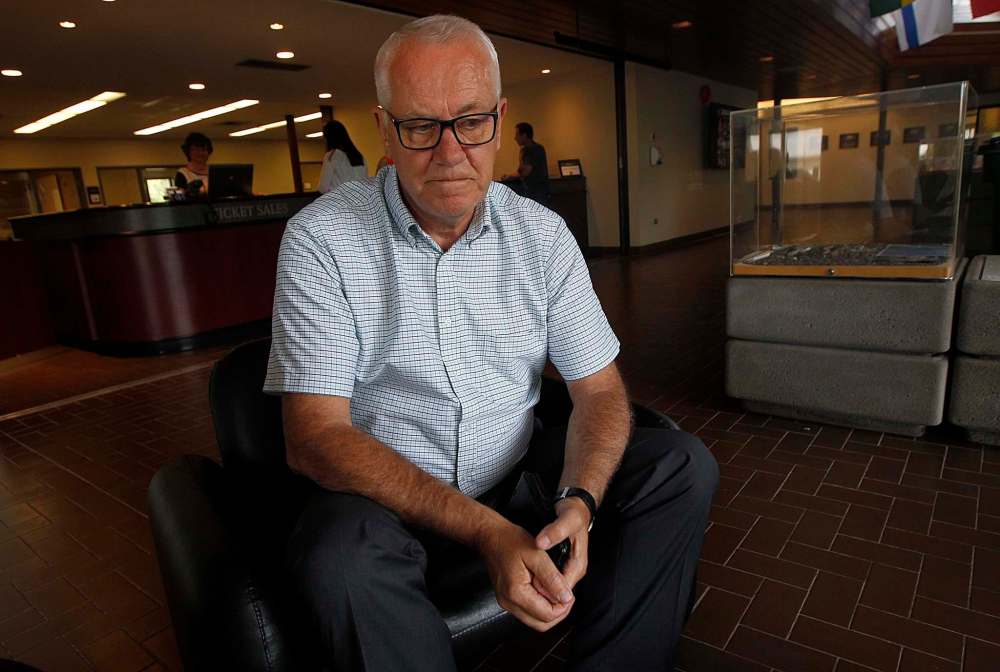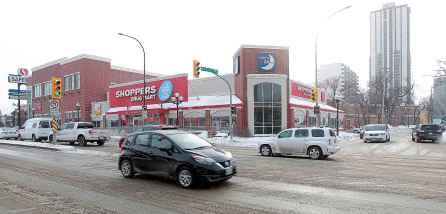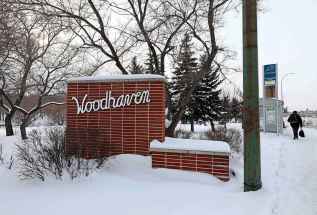Pembina Valley immigration boom expected to grow
Read this article for free:
or
Already have an account? Log in here »
To continue reading, please subscribe:
Monthly Digital Subscription
$19 $0 for the first 4 weeks*
- Enjoy unlimited reading on winnipegfreepress.com
- Read the E-Edition, our digital replica newspaper
- Access News Break, our award-winning app
- Play interactive puzzles
*No charge for 4 weeks then billed as $19 every four weeks (new subscribers and qualified returning subscribers only). Cancel anytime.
Read unlimited articles for free today:
or
Already have an account? Log in here »
Hey there, time traveller!
This article was published 19/02/2019 (1903 days ago), so information in it may no longer be current.
The Pembina Valley is driving Manitoba’s population growth and could top 300,000 people by 2042, according to population projections done for the region.
The area received 20 per cent of Manitoba immigrants during the past decade, the most of any region in the province, says the report by Pembina Valley Local Immigration Partnership (PVLIP).
Winkler got about half of the newcomers to the Pembina Valley. In fact, 27 per cent of Winkler’s population — 3,445 newcomers — is now foreign-born, said PVLIP coordinator Elaine Burton-Saindon.
The top five source countries for the Pembina Valley are Germany, Russia, Philippines, United Kingdom and India. The newcomers have come mainly through the provincial nominee program, started two decades ago.
The figures are from the 2016 Canada Census and the immigration department.
"Every year we’ve seen the population growth continue and projections coming from Ottawa, from the census figures, show it’s going to continue to explode in this area over the next 20-25 years," said Burton-Saindon.

The Pembina Valley includes Winkler, Morden, Altona, Carman and RMs of Stanley, Rhineland and Dufferin. It covers about 3,780 square miles (9,800 square kilometres). The population of the Pembina Valley now is about 60,000.
Other figures from the 2016 Census show Morden home to 15 per cent of people of foreign birth (1,335 people), Altona 14 per cent (600), and Carman seven per cent (215).
Newcomers to the Pembina Valley increased nine per cent in 2016 to 2,800, versus the previous year.
Winkler Mayor Martin Harder said there is still plenty of opportunity for newcomers in his city. A recent survey of 27 companies reported a shortage of about 300 people to fill jobs. "We’re struggling to find people to work," Harder said.
The city is applying to the newly announced federal program, Rural and Northern Immigration Pilot Project, which targets increased immigration for rural communities.
Burton-Saindon’s released her figures as notice to local governments to prepare infrastructure like housing and lagoons. "Can we sustain the growth? That’s the question right now," she said.
Two of the main reasons immigrants are settling in smaller communities are jobs and safety.
"The jobs are there," said Burton-Saindon. "It’s primarily economically driven. Employers need work filled."
!function(e,t,s,i){var n=”InfogramEmbeds”,o=e.getElementsByTagName(“script”)[0],d=/^http:/.test(e.location)?”http:”:”https:”;if(/^/{2}/.test(i)&&(i=d+i),window[n]&&window[n].initialized)window[n].process&&window[n].process();else if(!e.getElementById(s)){var r=e.createElement(“script”);r.async=1,r.id=s,r.src=i,o.parentNode.insertBefore(r,o)}}(document,0,”infogram-async”,”https://e.infogram.com/js/dist/embed-loader-min.js”);
As well, some newcomers don’t come from large cities.
"They’re more familiar with the rural setting and they like the safety feature. We had a survey and something like 90 per cent said they feel safe and love their communities for that reason."
Harder added Winkler has about an 80 per cent retention rate, "which is a phenomenal rate compared to anywhere in Canada."
Burton-Saindon said the figures point to good retention throughout the Pembina Valley.
“There’s so much value that comes into a community from immigration: new foods, new talents, new points of view.” – PVLIP coordinator Elaine Burton-Saindon
"The fact there are jobs, they are nice communities, there’s intention within the communities to promote diversity, there are good cultural programs like a multicultural festival, brings a sense of belonging to a new family," she said.
There are many benefits to immigration besides economics.
"There’s so much value that comes into a community from immigration: new foods, new talents, new points of view. It’s certainly been positive and educational all around," Burton-Saindon said.
An influx of people also helps communities sustain infrastructure like preventing schools from closing and maintaining hospital service. "That’s a great bonus," she said.
The PVLIP office underscores the importance Ottawa places on immigration. Burton-Saindon’s office is one of 77 set up across the country in the past two years to help facilitate the arrival of newcomers to Canada.
It’s designed to point out the needs and gaps in community services for immigrants, eliminate duplication in services, and determine what is needed to keep retention high. The offices were initiated about 18 months ago and are funded by Immigration, Refugees and Citizenship Canada.
bill.redekop@freepress.mb.ca











